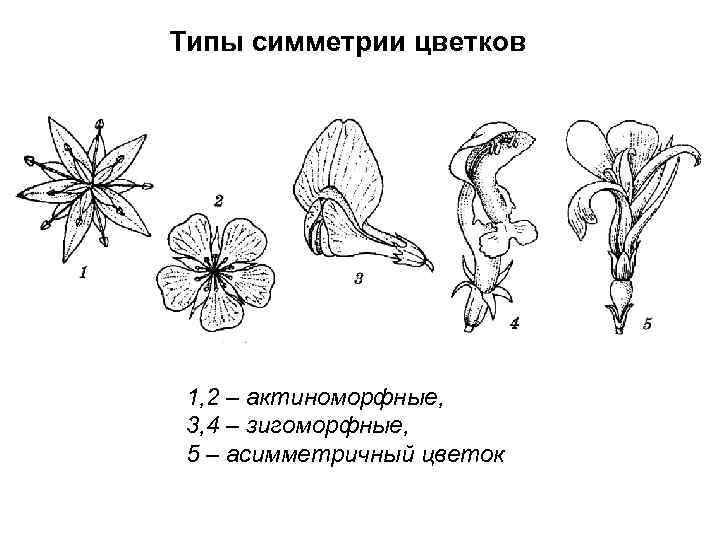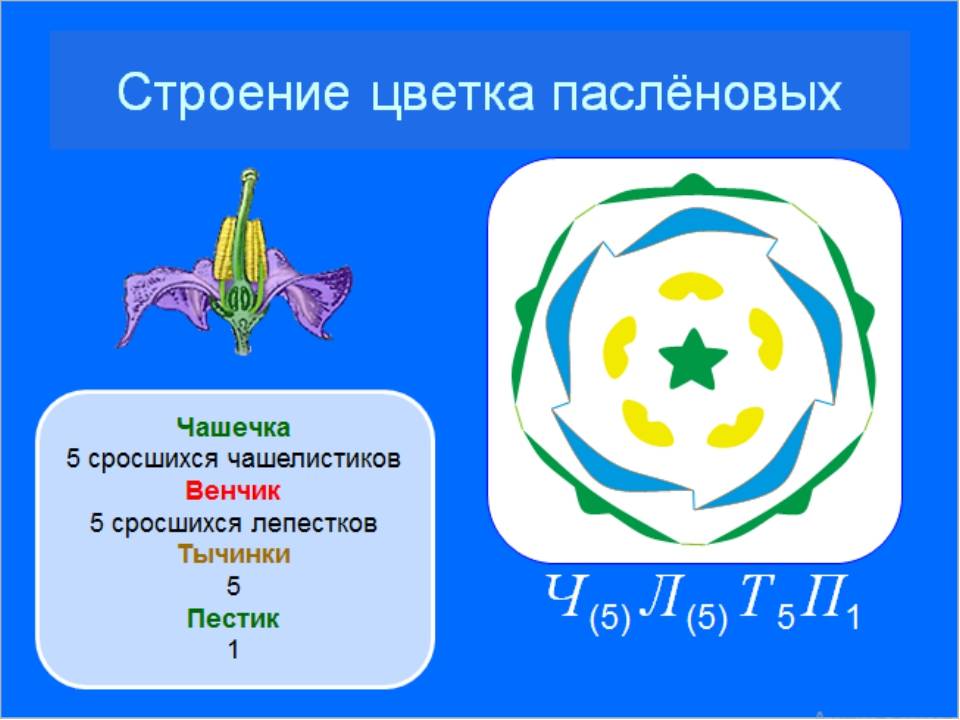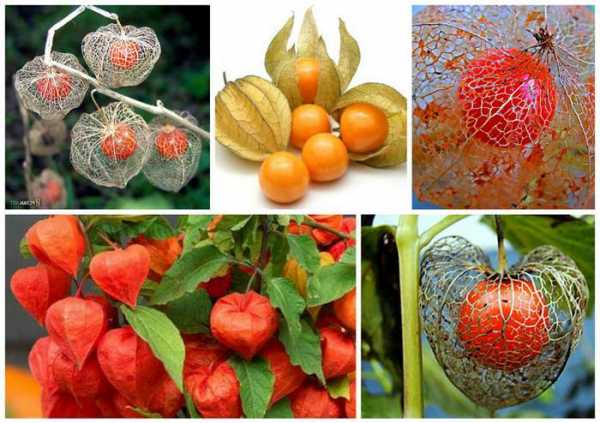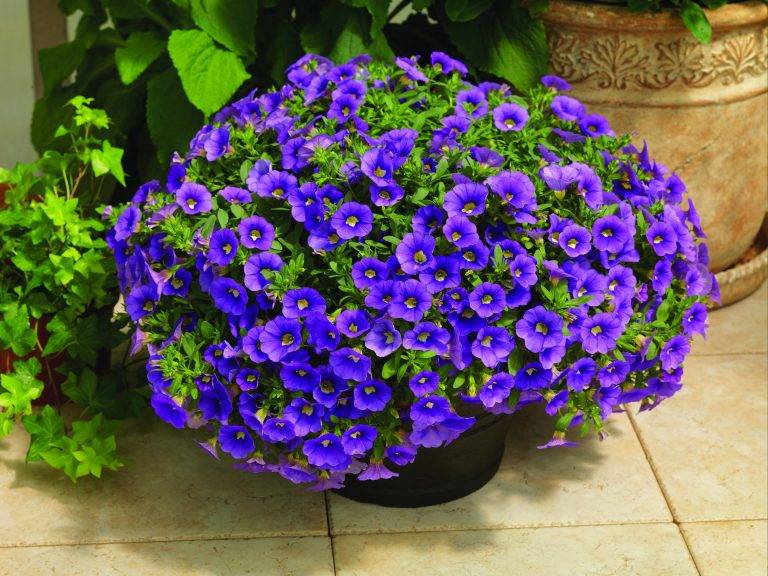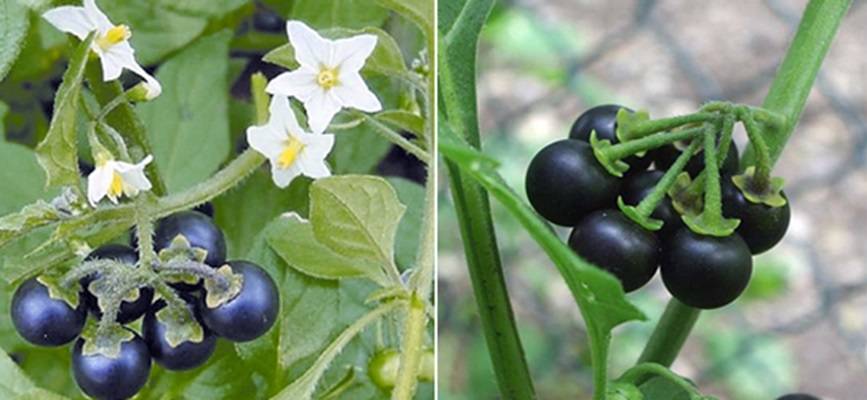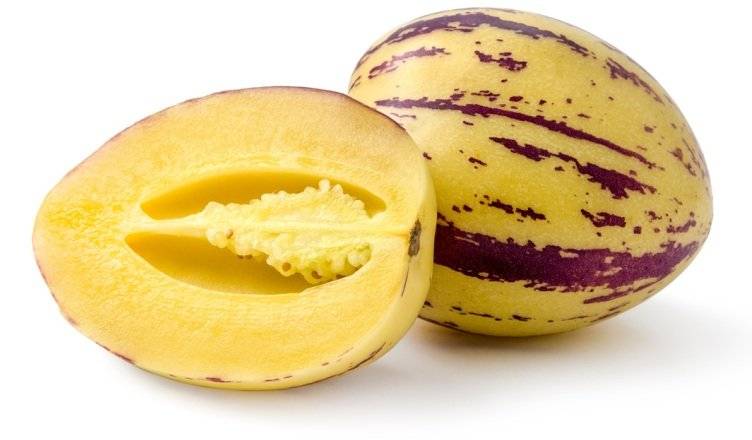Solanaceae family - signs of nightshades
Content:
The Solanaceae family is widely known for its cultivated species such as potatoes, tomatoes, eggplants, peppers, and may appear to have been entirely introduced from the United States. But in this family there are also the indigenous inhabitants of the Old World. Solanaceae are more than 2600 species of plants: poisonous, decorative, edible and medicinal.
Solanaceae family
Solanaceae (lat. Solanaceae) - a family of plants, together with Bindweed (Convolvulaceae), forms the order Solanaceae in the dicotyledonous class, angiosperms (flowering) division. According to various estimates, the family includes from 2,600 to 3,000 species in 115 genera, many of which are cultivated for economic purposes. Most Solanaceae naturally grow in tropical and subtropical areas, mainly in the United States.

Belladonna, or belladonna, belongs to the Solanaceae, its medicinal and poisonous properties have been known since antiquity
Some species, such as belladonna and mandrake, have been known in the Old World since antiquity.
Characteristics of the Solanaceae family
These are annual, biennial or perennial grasses, shrubs and shrubs, rarely trees. Some species can grow both herbaceous and lignified. There are creeping shrubs and lianas.
Features of Solanaceae and their common features:
- the content of alkaloids, including solanine, due to which the plant may partially or completely have toxic properties;
- spine-petal (accrete) flowers;
- forked branching is characteristic of the stem;
- the root system forms rhizomes, tubers.
Signs of the Solanaceae family
The fruits of the nightshade are a berry (tomato, potato, black nightshade) or a box (petunia, henbane, dope). In peppers, the fruit is a false hollow berry formed by an overgrown pericarp, and in structure it is rather a multi-nut. The seeds in the fruit are reniform, the embryo is curved.
The inflorescence of solanaceous plants is usually cymoid (half-umbels, curls), that is, it grows due to lateral shoots. But there are also single flowers (pepper, eggplant).
Flowers are actinomorphic or zygomorphic, i.e. symmetrical or asymmetrical. If a flower can be visually divided into mirrored identical parts along any axis passing through the center, then such a flower is actinomorphic, or correct. If there can be only one such axis, then it is zygomorphic. Unsymmetrical are not found among nightshades.
Flower formula ⚥ Ca5 Co5 A5 G2 (lat.) Or Ch5 L5 T5 P2.
Some species are pollinated by insects, some members of the family are self-pollinated, for example, potatoes. The flowers are bisexual, inter-leaved, without bracts. Calyx of 5-7 leaves in the form of cloves or lobes. The corolla is funnel-shaped, saucer or wheel-shaped. Number of stamens by number of corolla lobes, all with anthers facing inward. The ovary is superior, a short, simple column is provided with a bilobed or circular stigma. One pistil, but consists of two or more carpels. For example, a tomato has 10. You can find a record of the formula of the form CH5 L5 T5 P1, where one pestle is indicated, as in the image below:
The leaves of the Solanaceae family are simple and regular. They can be solid or serrated, notched or lobed. The leaf can be covered with glandular hairs or be smooth. In the vegetative part of the stem, the leaves are arranged alternately, and in the flowering part - in pairs. The paired arrangement is due to sympodial branching and joint displacement of parts. That is, the upper bud on the 1st order axis dies off, the axis deviates, and the lateral branch begins to grow in this direction. In this case, the branches may not seem to come out of the sinuses, but the flowers or inflorescences are sessile in the fork of the branches.
List of nightshade crops
In a tropical climate, solanaceous plants are represented by shrubs and trees; herbaceous species, annuals and perennials, predominate in the Middle Lane, some of which may have a lignified stem.
Herbaceous nightshades found in the wild and in gardens:
- potatoes;
- tomato;
- paprika (paprika, Bulgarian, hot);
- eggplant;
- physalis;
- tobacco;
- mandrake;
- sunberry;
- petunia;
- calibrachoa;
- henbane;
- dope (occasionally tree-like).
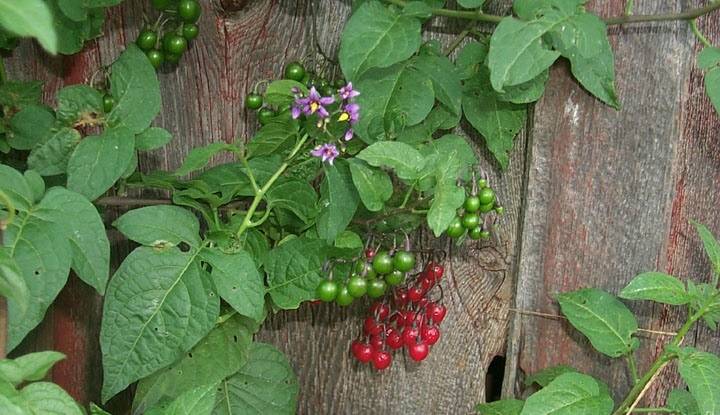
Bittersweet nightshade, Solanum Dulcamara is a perennial shrub, in which only the lower part is lignified, its berries are poisonous
Ornamental physalis ordinary is a perennial herb, it lignifies at the base of the stem, but after wintering it grows out of the rhizomes.
Vegetable nightshade crops are of particular importance for agriculture. This group includes:
- tomato;
- eggplant;
- capsicum, aka vegetable pepper;
Ornamental nightshade plants are:
- petunia;
- ampelous calibrachoa;
- fragrant tobacco;
- papillary nightshade;
- false nightshade;
- jasmine nightshade;
- physalis ordinary;
- Chilean nightshade, or curly;
- Brazilian nightshade.
Curly nightshade (or Chilean) and Siforta (or Brazilian) nightshade are climbing plants that are used for vertical gardening. Lianas of wild bittersweet nightshade are also suitable for hedges. Nightshade grows quickly and can become a weed near fruit bushes or raspberries.
Physalis is prized as an ornamental plant due to the bright orange color of the pericarp, which resembles Chinese lanterns. In the Middle Lane, they look especially impressive after the first snowfalls. Over time, the scale collapses, and a bright berry becomes visible through the skeletonized openwork pericarp.
Petunia is the most famous ornamental crop of the family, an annual, blooms profusely until frost, takes root in flower beds, and is often used in flower pots.
Ampel calibrachoa previously belonged to the genus Petunia. It looks like a petunia with funnel-shaped flowers. The colors are varied, the flower can be simple or double. A distinctive feature is the yellow core.
Wild nightshade plants:
- dope ordinary;
- henbane is black;
- belladonna, or belladonna;
- mandrake;
- nightshade black;
- bittersweet nightshade (dulcamara).
Medicinal plants of the Solanaceae family, according to traditional medicine and homeopathy, are all the wild plants mentioned above. Helen, belladonna, dope, mandrake, scopolia, duboisia are poisonous and can cause poisoning with serious consequences. The harmfulness of psychotropic substances and the danger of incorrect dosage were underestimated at the time of their introduction into medicine. They are no longer in modern pharmacy lists.
The exception is black nightshade. Ripe berries are edible, while it is considered medicinal (expectorant and diuretic).
Poisonous nightshade plants are almost everything that belongs to the nightshade medicinal in folk medicine. Ornamental species, as well as plants traditionally used as a recreational drug, are usually poisonous.
Tobacco, makhorka, duboisia contain nicotine, the lethal dose of which for humans is 0.5-1 g. Theoretically, it is difficult to take a lethal dose of nicotine orally, because there is rejection, nausea and vomiting. But getting severe poisoning when swallowing the same tobacco will not be difficult.
The poison also contains some unripe fruit. As an example, the use of berry physalis is unsafe while it is bitter. Black nightshade contains the alkaloid solanine in greens and unripe fruits.
Cultural plants of the Solanaceae family
Cultivated plants (agricultural crops) are those plants that people grow for food, feeding livestock, obtaining medicinal raw materials, for decorative and other purposes. On the list of evergreen nightshade plants, you can find small shrubs suitable for indoor cultivation, such as False Nightshade.
| What kind of use is possible | ||||
| Name in common use | Eating | For decorative purposes, including wild species | Medicinal raw materials, including traditional medicine | Other raw materials |
|
|
|
|
Accidental or deliberate eating, as well as smoking, can cause irreparable harm to health or even death. These representatives of the Solanaceae family are valued by gardeners for their original look. Datura Indian (Datura metel) is outwardly much more attractive than ordinary dope, and is cultivated in flower beds. But it also contains scopolamine, hyoscyamine and atropine, the whole plant is poisonous.
More dangerous than other henbane, all its parts are poisonous, including flowers.
Pepino and physalis are not a mass product in Russia, but they are of interest to amateurs.
In addition, tobacco and makhorka are widely cultivated. Cultivation on an industrial scale is due to the narcotic properties of the nicotine it contains. Also, tobacco can be used as a raw material for the production of aromatic absolute oil and perfume additives. In agriculture, the insecticidal properties of tobacco have found application: powder (dust) and tinctures are used for pest control. The effectiveness of the preparations is low, but the supporters of eco-products are valued for their natural, chemical-free origin.
The presentation of new varieties is held annually. Resistance to late blight, scab, Colorado potato beetle is no longer uncommon. The goal of breeders today is to improve flavor characteristics and increase yields. In any case, before planting any variety, you need to familiarize yourself with the characteristics of the plant in order to avoid further trouble in the form of poisoning.

